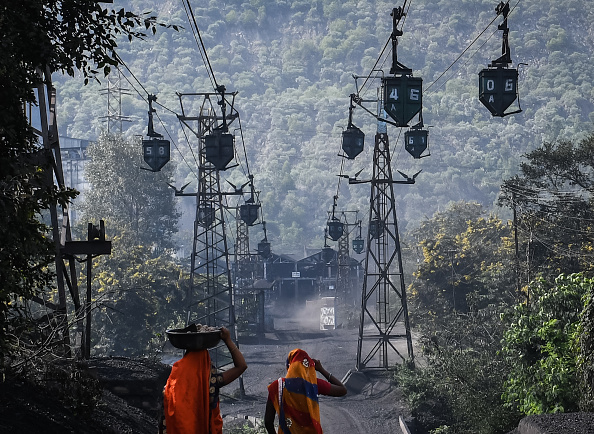Let’s be honest, ESG investing will actually hurt the environment

When companies with poor environmental credentials are starved of capital thanks to investors obsessed with ESG, they become dirtier to avoid bankruptcy, writes Matthew Lesh
ESG or environmental, social and governance investing is facing troubles. Higher bond yields drove an astonishing £304m out of the sector in May. This largely reflects a natural market dynamic – investors are chasing higher returns by moving from shares to bonds. Yet perhaps there should be some deeper angst at play. Is ESG investing really everything it is cracked up to be?
It’s easy to understand the underlying appeal. Putting your savings into “good” companies, rather than those amoral profit-seeking entities, feels righteous. But it’s worth unpacking what that means in practice.
The companies that score the highest on ESG metrics, particularly on the environmental side, are the ones that have a relatively low level of carbon per pound of revenue. That means the likes of financial services, healthcare and digital are “green”. By contrast, companies that produce building materials, fertiliser or energy are “brown”. The result of ESG investing is the transfer of capital from good to bad companies – thus it is meant to incentivise “brown” companies to reduce their emissions.
But, in an ironic twist, a new study indicates that ESG investing is counterproductive in practice. Kelly Shue of Yale University and Samuel M. Hartzmark of Boston College investigated the environmental impact of over 3,000 large companies between 2002 and 2020. They find that green companies’ lower cost of capital does not lead to reduced emissions. This makes sense since the likes of Spotify or a hospital are not particularly heavy emitters and have little capacity to reduce emissions; brown companies produce 260 times higher environmental impact. By contrast, when brown companies are starved of capital, they become dirtier to avoid bankruptcy. “When you punish brown firms, they become more short-termist,” Shue writes. This all means much less capital available for green technologies.
The green investing agenda may also have other unintended consequences. For example, there are examples of large oil producers offloading older assets to improve their green credentials, only for their mines and oil rigs to become dirtier in the hands of new owners, who operate them for longer. It’s the same principle for the UK, where efforts to prevent new domestic oil and gas production have only resulted in importing expensive hydrocarbons (often from less-than-democratic places like the Middle East or Russia).
We must be realistic that humanity’s impact on the environment cannot turn to zero overnight. Humanity still needs the goods produced by environmentally unfriendly companies and, even under the most optimistic net zero scenarios, this will be the case for some time. The likes of fertiliser are necessary to feed billions of people. Building materials are needed to solve our dire housing crisis. Even the “green” companies still need electricity and transport. Meanwhile, according to the World Health Organization, 3.2 million people die yearly from household air pollution caused by burning fuels like kerosene for heating and cooking. That’s because they don’t have electricity. For these people, even dirty coal-fired power stations would be a better alternative.
Ultimately it will take big investments, including by ‘dirty’ industry, energy producers and newer green start-ups to solve our environmental challenges. There is a central role of government in ensuring that pollution costs are properly accounted for in production, particularly to incentivise innovation, through the likes of carbon taxes. But sometimes even the most apparently virtuous behaviour, like investing in ESG funds, may not quite get us to the desired results.